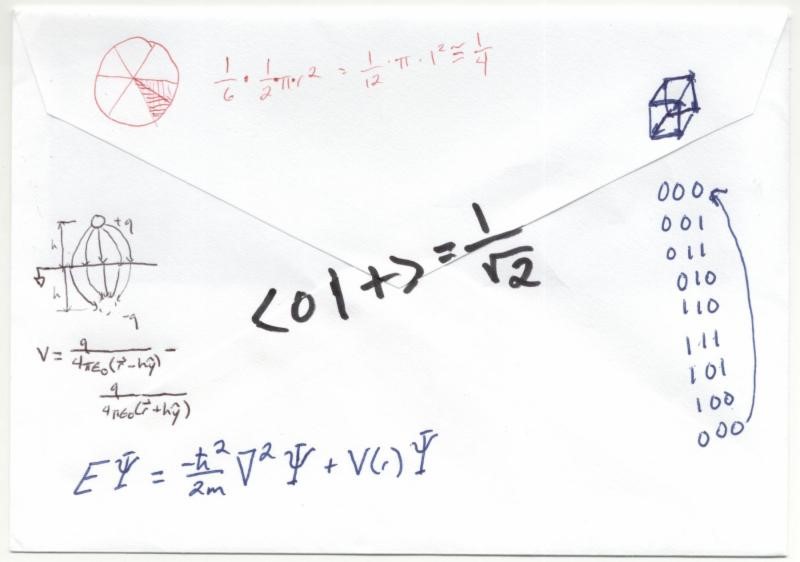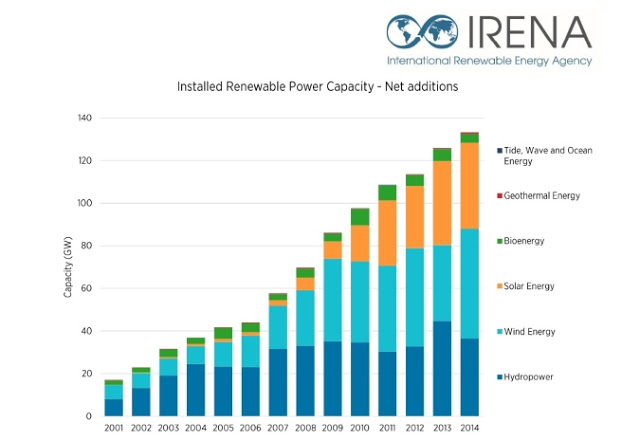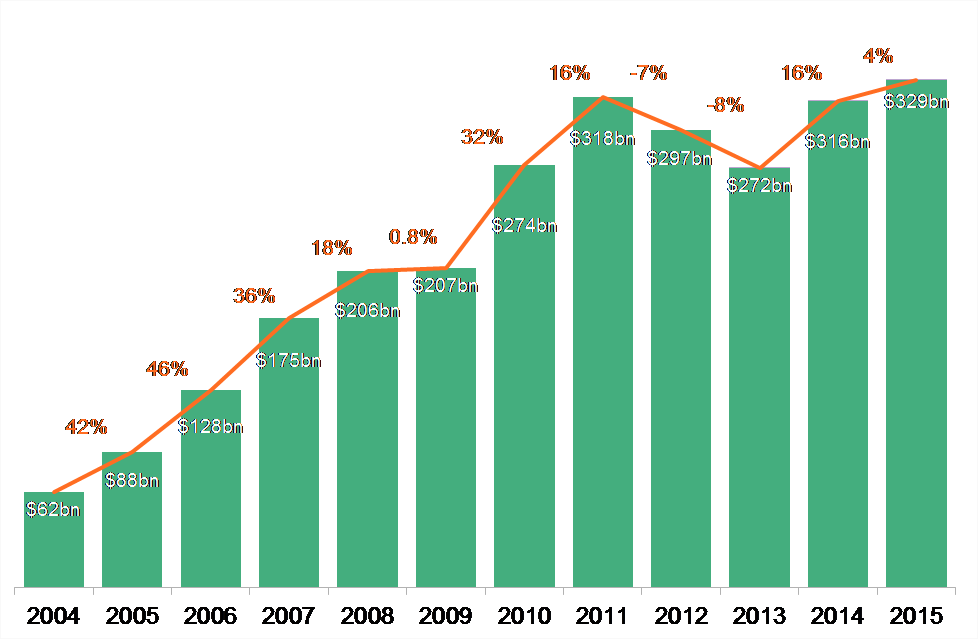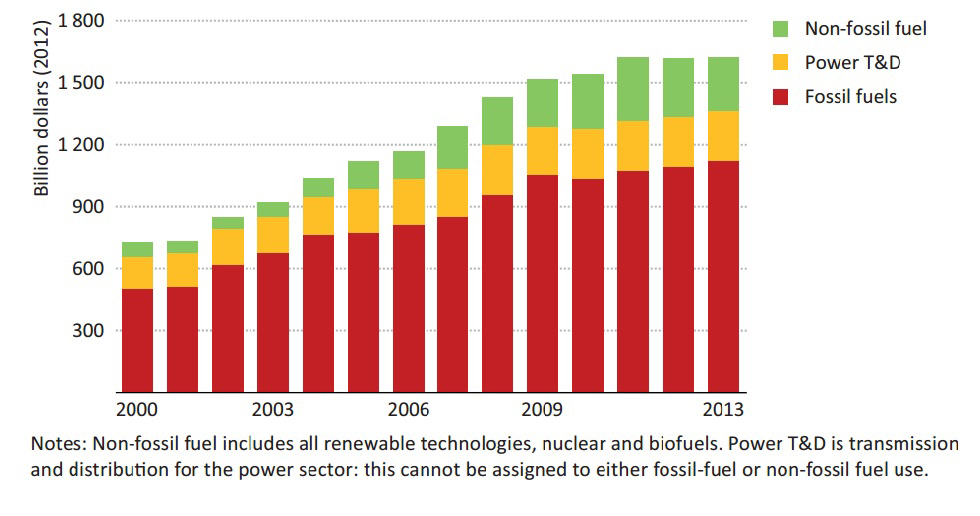Bill Van Auken
This week’s admission by the Pentagon that dozens of American troops are now on the ground in Yemen, ostensibly to assist troops of the United Arab Emirates in combating Al Qaeda in the Arabian Peninsula (AQAP), has laid bare the escalating eruption of US imperialist violence across the greater Middle East.
Nearly 15 years after the launching of the so-called “war on terror” and 25 years after the first US Gulf War against Iraq, American forces are carrying out lethal operations over a vast region ranging from Pakistan in the east to Libya in the west, and from the Turkish border in the north all the way to Somalia in the south.
In the name of fighting terror, US imperialism has terrorized a sizable portion of humanity. The net results are casualties now totaling in the millions, a refugee crisis that surpasses that of the Second World War, and a catastrophic deepening of human misery in every land where the US has placed its “boots on the ground.”
In Yemen, as elsewhere, US troops are engaged in a fight against forces that emerged directly out of Washington’s own interventions. As a direct by-product of the criminal war being waged by the Saudi monarchy and its Gulf oil sheikdom allies against Yemen, the poorest nation of the Arab world, AQAP has wrested control of a 340-square-mile area of the country’s southern coast and amassed a war chest of over $100 million in captured bank deposits.
This was not some unforeseeable side effect, but rather a direct result of Saudi Arabia’s—and Washington’s—reliance on Al Qaeda-linked forces to do their dirty work in a sectarian war that has killed at least 6,000 Yemenis, including 1,000 children, displaced 1.2 million people, and left half the population in danger of starvation.
The same essential story is unfolding in Iraq and Syria, only with far bloodier consequences. A US intervention that has seen some 5,000 US troops sent back into Iraq and hundreds more operating in flagrant violation of international law inside Syria is supposedly aimed at wiping out the Islamic State of Iraq and Syria (ISIS).
ISIS, another Al Qaeda offshoot, had its origins in Iraq, the product of the war of sociocide waged by US imperialism between 2003 and 2010. It crossed the border into Syria, becoming one of the principal ground forces in the US-orchestrated war for regime change against the Assad government and the beneficiary of vast stocks of arms and supplies funneled in by the CIA and Washington’s regional allies, Saudi Arabia, Qatar and Turkey. Immensely strengthened, ISIS crossed back into Iraq. Taking advantage of the deep sectarian divisions created by Washington’s policy of divide and rule, it overran much of the country in 2014, including Iraq’s second-largest city, Mosul, and routed US-trained and equipped Iraqi security forces.
In Afghanistan, 10,000 US troops remain, carrying out, as the massacre of at least 42 patients and medical staff at the Doctors Without Borders (MSF) hospital in Kunduz reveals, combat operations that continue to claim civilian lives.
Finally, a meeting has been set for next week in Vienna to discuss another intervention by the US and the NATO powers in Libya, a country whose society was shattered by the US-NATO war of 2011, leading to ISIS forces seizing control of strategic areas on the Mediterranean coast.
This broad wave of US military violence is unfolding a century after the agreement reached during World War I that determined the imperialist carve-up and much of the subsequent history of the region. One hundred years ago, on May 9, 1916, British Middle East envoy Sir Mark Sykes and his French counterpart François Georges-Picot reached the infamous secret deal that bore their names. The Sykes-Picot agreement set the terms for the cynical post-World War I carve-up between Britain, France and, as a lesser power, Russia of the lands ruled by the Ottoman Empire.
Lines were drawn in the sands of the Middle East in utter disregard for the aspirations of the peoples of the region. This conspiracy became publicly known as a result of the October 1917 Russian Revolution, with then-Soviet Commissar for Foreign Affairs Leon Trotsky publishing the secret agreement in order to expose the crimes of the imperialist powers against the oppressed peoples of the region.
The war, Trotsky said, and been fought “for the ‘repartition’ of the Turkish lands between the banks, industrialists and merchants of the strongest capitalist powers.” Promises by the imperialists of Arab independence, he warned, would create territories “‘independent’ only of the Arabs and wholly dependent upon the bosses of international capital.”
The partition agreed to by Britain and France was imposed only through the bloody suppression of popular Arab insurgencies in territories that
are now divided between Iraq, Syria, Lebanon, Jordan and Israel. With the decline of British and French imperialism in the aftermath of World War II and the subsequent decolonization, Washington became the principal guarantor of the nation-state system erected on the foundations of Sykes-Picot.
Despite the pretensions of Pan-Arab nationalism on the part of the Nasserites in Egypt, the Baathists in Iraq and Syria and other Arab regimes, the Arab bourgeoisie was never willing or able to supersede the boundaries drawn by the old colonialists, which marked out the lands ruled by the colonial states that they inherited. In the end, despite their conflicts with imperialism, they functioned as junior partners in the exploitation of the peoples they ruled.
The nation-state system erected on the basis of Sykes-Picot has been largely wrecked by a quarter century of unending military violence carried out by US imperialism to assert its own unfettered hegemony over the oil-rich region. In the course of Washington’s multiple wars, the Pentagon and the CIA have recklessly fomented sectarian conflicts to further their aims, tearing nations apart and creating conditions for a region-wide war between Iran and Saudi Arabia.
While in an earlier epoch British and French imperialists attempted to impose a system of colonial rule, their American successors have specialized in smashing up existing states with the aim of denying the region’s energy resources to US imperialism’s rivals and assuring that no power emerges capable of challenging Washington’s regional hegemony.
The Obama administration, which is carrying out this reckless and destructive war policy, is riven with divisions. Military commanders are increasingly chafing at the administration’s pretense that US forces are not involved in combat, but merely acting as “advisors” in the multiple conflicts in which they are engaged. While the White House wants to limit the engagements in the Middle East in order to turn greater military force against US imperialism’s great power rivals, China and Russia in the first instance, the logic of military intervention is pushing the Pentagon to demand continuing escalation in Iraq, Syria, Afghanistan and beyond.
The bitter debates within the ruling establishment over how best to employ militarism to offset the economic decline of US capitalism are being carried out behind the backs of the American people. Both parties are rigorously excluding from the 2016 election campaign the preparations for a vast escalation of war in the Middle East and beyond. But one thing is certain: once the ballots are cast in November, there will be a dramatic expansion of global US military aggression, no matter who wins the White House.
The immense dangers that the war conspiracies of the ruling elite pose to people in the US and around the globe can be answered only through the building of an independent and international political movement of the working class against war and the capitalist system that produces it. This is what is being fought for by the Socialist Equality Party and its candidates in the 2016 election, Jerry White for US president and Niles Niemuth for vice president.



